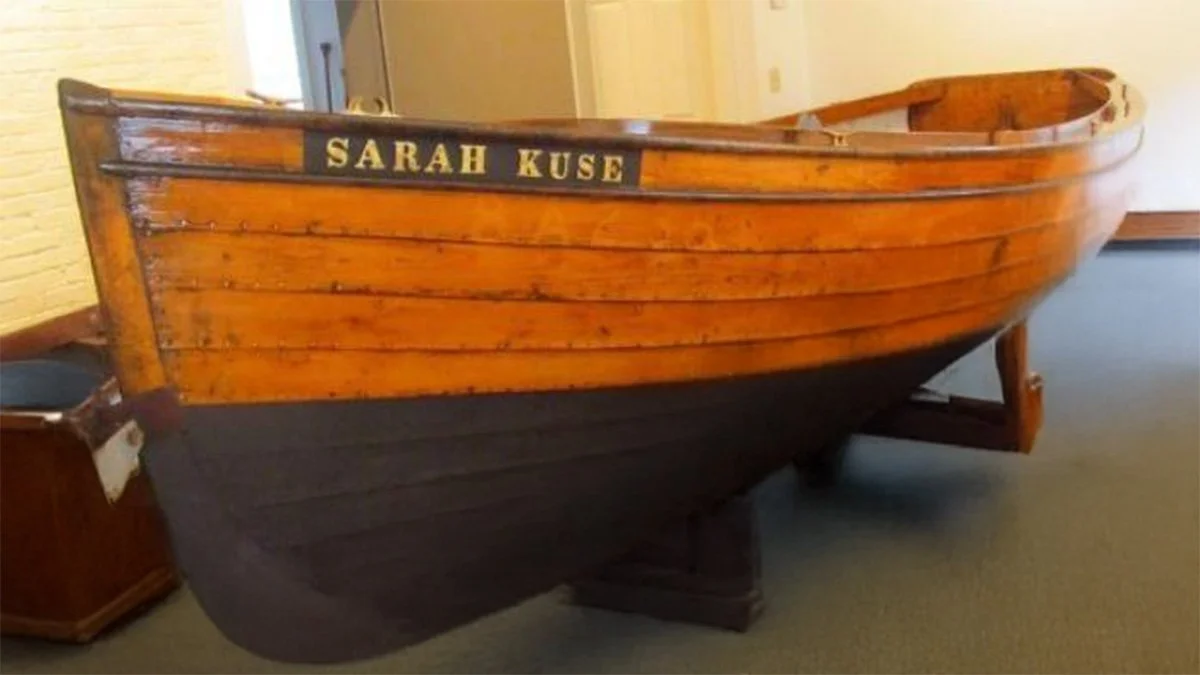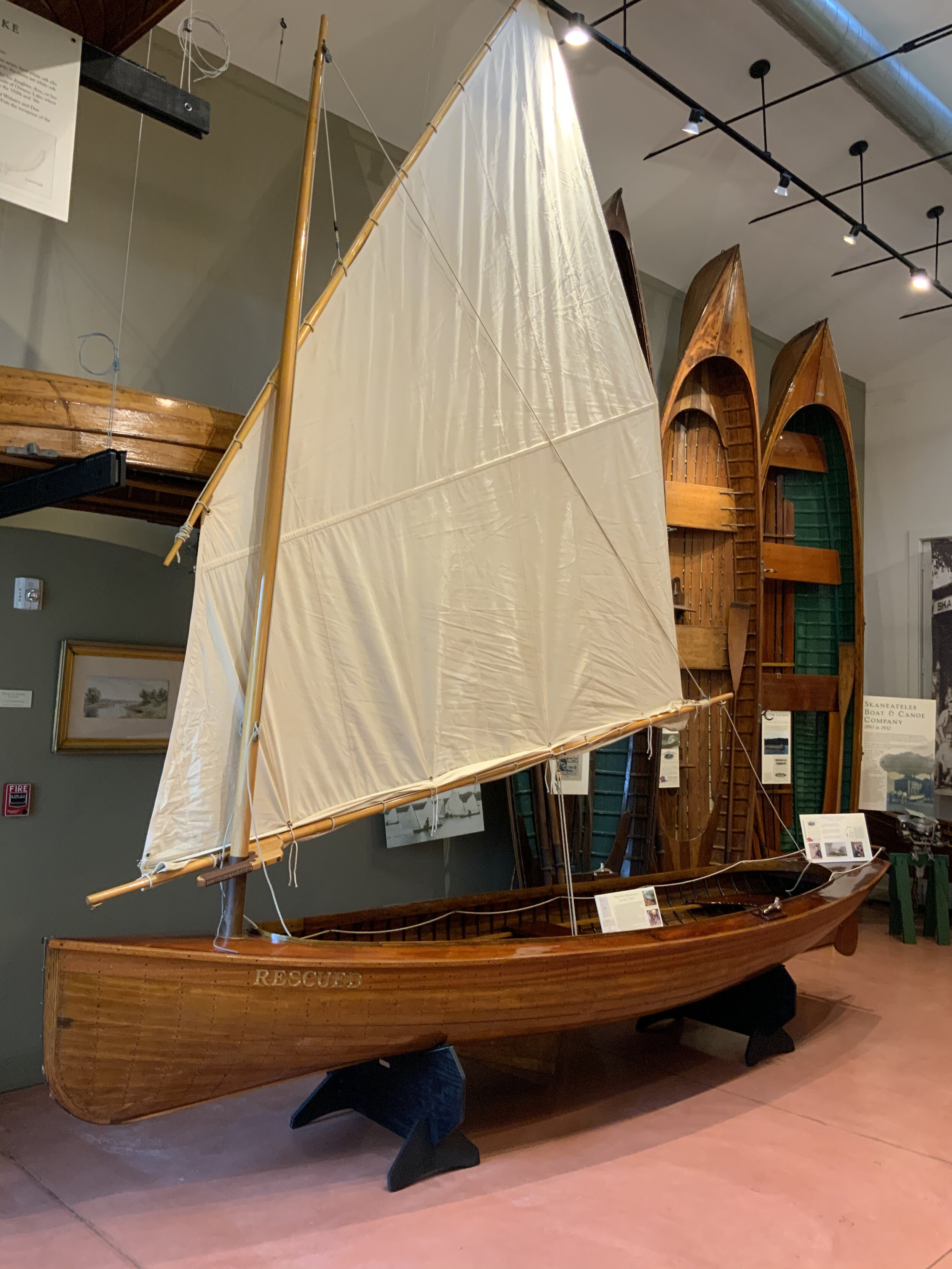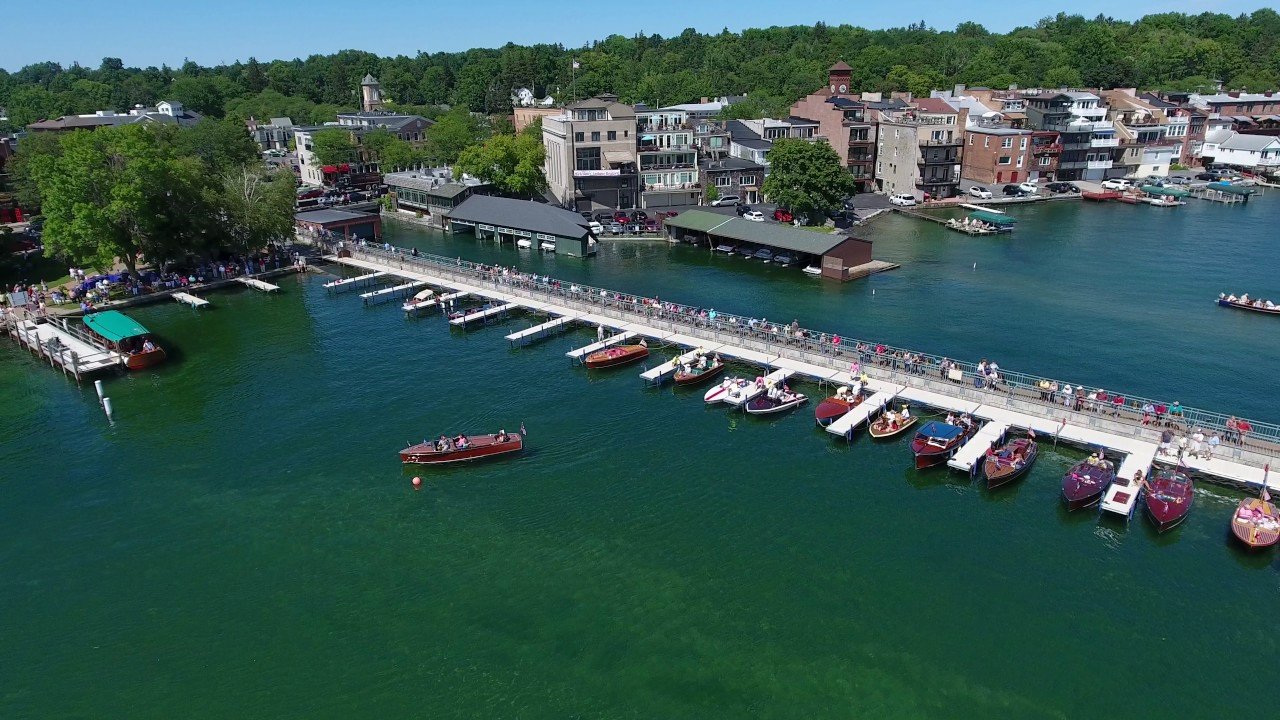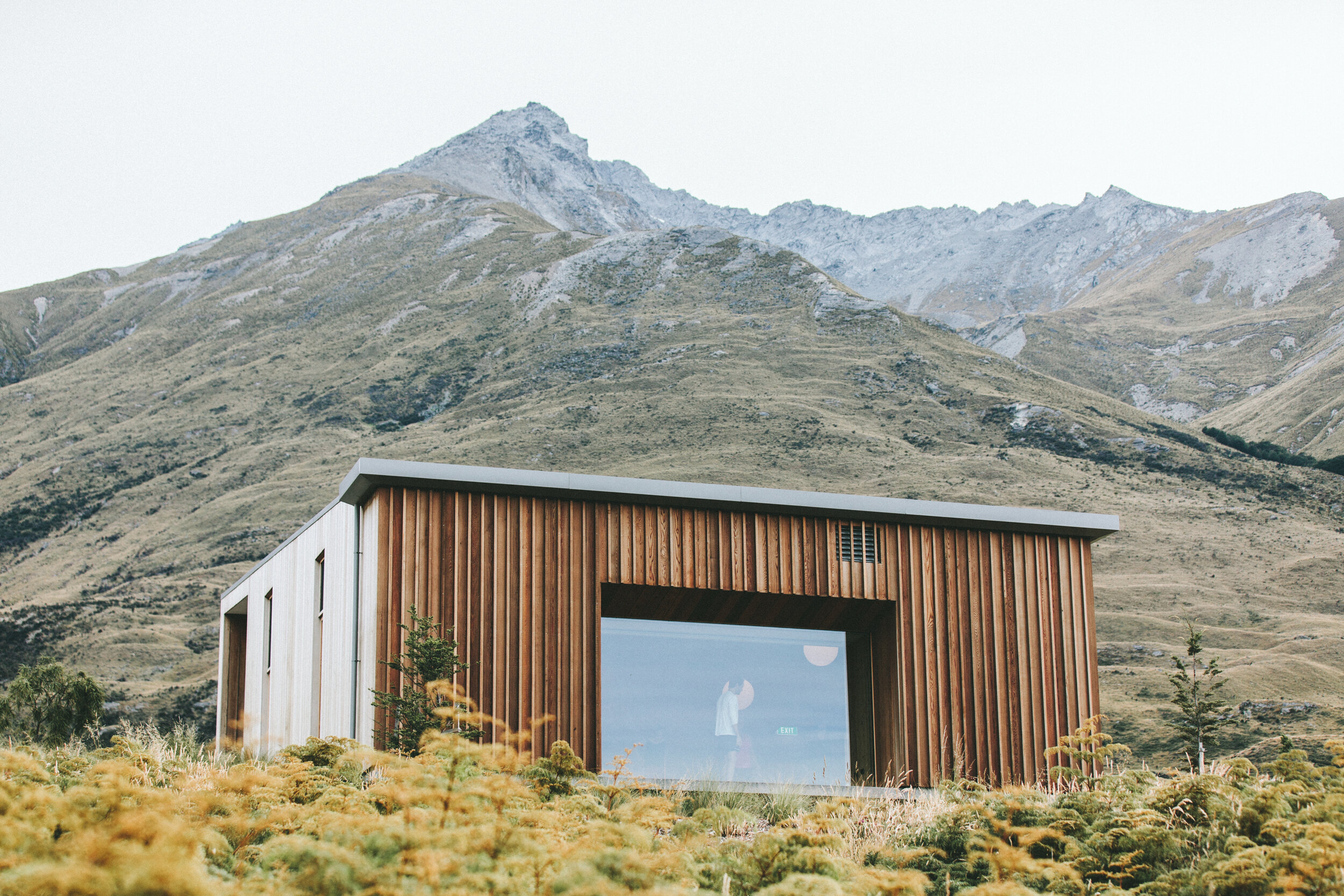Our Current Collection
-

Sarah Kuse
In 1926 this custom-made boat was given to William J. (Bill) Clapper, Jr. of Wolcott, NY, upon his graduation from Syracuse University. It is an 18’ gaff-rigged cat-boat, part of the Leisure Hour line of boats. She was sailed out of Port Bay, north of Wolcott, on Lake Ontario.
It is said that Bill Clapper and his wife Nettie often sailed Sarah Kuse formally dressed: he in a suit and tie and she in a fancy dress and hat, with a parasol. That scene was vividly remembered by the neighboring Pasco family who rescued the Sarah Kuse from near ruin, and Phil Pasco brought her to Cambridge, NY.
She was then given to Bob Clay, also from the Cambridge area, with the stipulation that she be fully restored and put on display, which is why she is now here. Bob, with support from his wife Carol, spent over 1200 hours lovingly and skillfully bringing the Sarah Kuse back to life as an outstanding example of wooden boat building in Skaneateles. She is now back home thanks to the generosity of the Clays and the Pascos.
-

Our Antique Boat Collection
Since the early 19th century, pleasure craft have plied the waters of Skaneateles Lake, driven by oar, sail, steam, diesel fuel and gasoline.
In the 1840s, sails became a common sight on the lake, with the Julia and the Jilt, the Leslie and the Isabella. In the 1850s they were joined by a dozen more sailboats, including the Laura, for 80 years the Queen of Skaneateles Lake.
The Historical Society Museum has an abundant collection of antique boats that have traversed Skaneateles Lake, on display for all to see.
Every summer, the town of Skaneateles showcases local antiques boats in its annual Antique Boat show. This years, will be held the weekend of July 25th-27th located in Thayer park on Skaneateles Lake.
-

The Creamery
The Creamery was built in 1899 so farmers would have a place to sell their milk and the public a place to purchase dairy products. In time, about 200 farmers were bringing their milk to the Creamery. The farmer was paid based both on the poundage and the butterfat content of his milk. Much of the cream separated from the milk was made into butter in the steam-driven 375 gallon butter churn. This butter was often shipped to New York City where there was a large market for sweet (unsalted) butter.
The Creamery Co. was sold to the Best Ice Cream Co. in Syracuse in 1918 and ice cream mix and condensed milk were added to the product mix. The remaining skim milk was shipped to Union Springs where it was made into cottage cheese.
In 1948 the Borden Milk Co. bought the plant but closed it a year later in 1949. After that it became a storage facility for a local farm implement dealer.
In 1989 he turned the building over to the Village of Skaneateles which then agreed to lease it to the Historical Society.
Renovations began in 1990 and efforts to restore it to its original look were undertaken, and today, the Creamery operates as the Skaneateles Historical Society & Research center.
-

The Rescue
Nelson and Edward Bowdish, father and son, came to Skaneateles in 1876 and soon after were building boats – rowboats, skiffs and canoes – beginning an era here that would last until 1965. Following Bowdish, were the Skaneateles Boat and Canoe Co., Skaneateles Boats, Inc. and the Edson Boat Co. in nearby Mottville.
Skaneateles made history in 1938 when the first Lightning sailboat took its inaugural sail here, and again in 1945 when the first Rhodes Bantam was launched.
Thousands of boats, thousands of people have sailed, fished, played and earned a livelihood on these waters. The Museum is dedicated to keeping their memory and spirit alive.
Designed at the request of the Barnes brothers, of Skaneateles Boats Co., by Olin Stephens, this boat (below) began one of the most successful class of sailboats worldwide. Built in 1938, Lightning #1 exceeded all expectations and was the first of more than 1500 wood boats built in Skaneateles. Today there are more than 300 fleets around the world sailing some of the more than 16,000 Lightnings that were built by many firms and individuals.

Sailing on Skaneateles Lake
Nelson and Edward Bowdish, father and son, came to Skaneateles in 1876 and soon after were building boats – rowboats, skiffs and canoes – beginning an era here that would last until 1965. Following Bowdish, were the Skaneateles Boat and Canoe Co., Skaneateles Boats, Inc. and the Edson Boat Co. in nearby Mottville.
Skaneateles made history in 1938 when the first Lightning sailboat took its inaugural sail here, and again in 1945 when the first Rhodes Bantam was launched.
Thousands of boats, thousands of people have sailed, fished, played and earned a livelihood on these waters. The Museum is dedicated to keeping their memory and spirit alive.
The 1881 Bowdish & Co. “The Rescued” is our latest acquisition to our artisan boat collection.
Carriages
JOHN PACKWOOD
John Packwood was a highly successful carriage maker in Skaneateles and one of the early owners of the Sherwood Inn – which he had renamed Packwood House in the late 1800's. John Packwood (1824-1890) was a prominent figure in Skaneateles, New York, primarily known for his success as a carriage maker and his connection to a significant local landmark.
John Packwood was born in Bedfordshire, England, on April 2, 1824, the son of William and Hannah Swift Packwood, and immigrated with his parents to the U.S.A. aboard the Courier in May of 1830.
The family settled in Auburn, N.Y. At the age of 18, Packwood apprenticed to a blacksmith in Amber, but after only a few months he moved on to Skaneateles to learn the trade of carriage blacksmith under John Legg. In 1847, Packwood was wed to Amanda King of Niles, N.Y.
In 1855, after learning his trade, Packwood began his own carriage manufacturing business with William Stacey on Railroad Street (now Fennell Street). Stacey retired the next year, and L.S. Worden took his place; the partnership was known as Packwood & Worden until 1859, when Packwood became the sole owner.
The Creamery’s Restoration
-

Its Original use
The Creamery was built in 1899 so farmers would have a place to sell their milk and the public a place to purchase dairy products from local farmers.
-

Falling into Disrepair
A remainensce of the bygone era ,and once a fully functioning creamery providing milk and cream to the town, but over the course had been forgotten.
-

Advanced
Beginning in 1989, renovations began to bring the creamery back to its former glory. Today, the Creamery operates as the lovely museum you see today.



